Aerial Lifts
In 2009 22 workers nationwide suffered a fatal injury while operating an aerial lift. While this equipment can be very useful, it can also be extremely dangerous. Operators are at risk of injury from falls, struck by, caught in between, and electrocution. Aerial lifts have replaced scaffolding and ladders at many job sites. The fact is that many workers are injured or killed on aerial lifts each and every year.
Let’s look at things that you should do before operating an aerial lift:
Only competent and properly trained personnel should operate aerial lifts.
All operators need to be trained on the model of the aerial lift that they will be using.
Obstacles should be identified and job site thoroughly inspected prior to working:
Verify whether ground is soft, unstable, or uneven.
Know what other equipment or workers are on site and where they are.
Where are the overhead power lines?
Look out for pedestrians and vehicles.
You must always, inspect your fall arrest equipment before use. Fall arrest equipment must include a full body harness with appropriate sized lanyard. A body belt with appropriate sized lanyard must only be used as part of a
fall restraint system.
The size of the lanyard should not allow the worker to come in contact with a lower surface.
Be sure that you attach to the anchor point as soon as you enter the work basket.
Operating an aerial lift:
Aerial Lift Do’s:
Always keep your whole body inside of the basket while manoeuvrings near other structures.
Identify hazards such as pinch points and getting your body trapped between the lift and solid objects.
Always use 100% of the tie off procedures while working in the basket.
Always move the basket to another position rather than over reaching the handrails.
Keep the lift clear of electrical lines. Avoid obstructions; getting caught, hooked, or snared could cause the
lift to tip over as it is moved or raised.
Verify that surface is sound and stable and verify that the breaks are set before elevating.
Verify that ground is stable for outriggers when applicable.
Wheels must be chocked is when on an incline.
In regards to wind speeds, always follow manufacturer’s restrictions and recommendations.
Aerial Lift Don’ts:
Never stand on the handrails to reach the work area.
Never overload the lift. This can cause it to topple over.
Know your equipment rating because, many lifts are rated for only two people plus 50lbs of material, tools and equipment.
